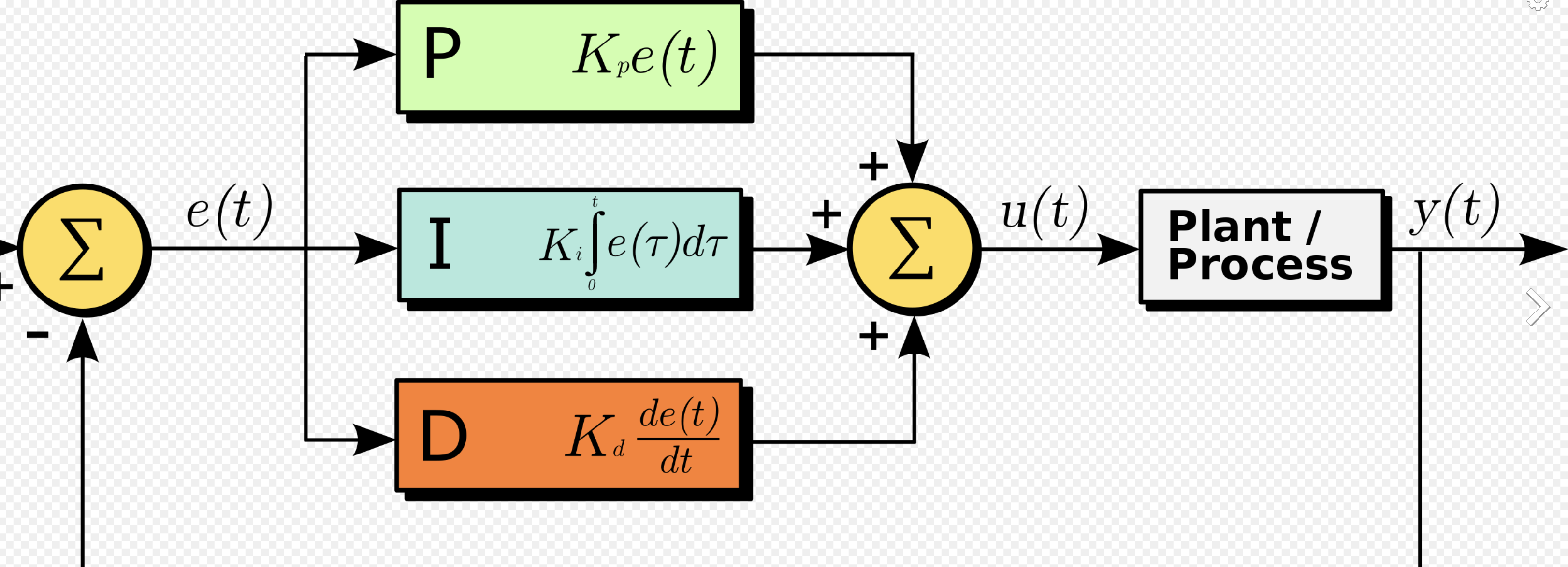
2021.04.08
Different Ways of Proportional Control
SHARE
MORE DETAIL
Proportional Pressure regulators are closed-looped devices that maintain a constant, steady pressure within a system. The traditional option, analog, has its perks, as does its counterpart, the digital controller.
This straightforward explanation will detail the differences between digital vs. analog control in proportional applications and highlight some of the benefits to the newer, modern digital device.

Digital vs. Analog Control
Pressure regulators can be applied to the valves, the communication method, and the controller’s technology.
They use multiple components to increase, exhaust, and measure pressure—inlet valves, secondary valves, and sensors respectively. The inlet and secondary valves can be simple, easy-to-use valves, which are digital, or proportional valves, which are considered analog.
Other factors that differentiate analog and digital controllers are their communication methods and control technology. Analog regulators are easy-to-control but vulnerable to electromagnetic interference. Digital regulators are harder to operate but eliminate potentially damaging electrical noise.
Response Times of Proportional Pressure Control
When compared to digital regulators, analog controllers react faster to changes in command or operating conditions.
However, this isn’t a significant factor in response time. Valves respond to both digital and analog controllers in roughly the same amount of time, making overall response times negligible between the two.
Calibration & Tuning a Proportional Pressure Regulator
The calibration and tuning methods of these controllers are notably different.
Analog devices are manually calibrated and tuned through the rotation of potentiometers. Alterations require the rerouting of wires, modification of hardware, and more. These can be time-consuming and arduous.
Digital devices operate under software and can be altered with select keystrokes. Adjustments can be made on-the-spot and with relative ease and quickness.
PID Security Settings
Factory-tuned PID settings require manual adjustments to the analog device’s potentiometers. If the new adjustments are considered inadequate, resetting the controller’s settings to the factory standard can be difficult, if not impossible.
Microcontroller PID adjustments can be done over a digital interface. If the adjustments backfire, it’s easy to reset the system to its original, factory settings.
Ambient Noise
Another difference between digital vs. analog control in proportional applications is the amount of noise they produce.
Analog devices need a constant, downstream flow to function. This is called a bleed. Bleeds sap energy and are prone to creating a harsh, droning noise.
Modern, digital regulators don’t require this bleed, which reduces ambient noise and lowers energy costs.
Device Pairing
Device pairing, the addition of new sensors as a means of direct or indirect feedback, makes it easier to manage the flow, pressure, and force of a process.
Analog controllers are restricted when it comes to device pairing options. They can exclusively connect to other analog devices. As an added frustration, the dual systems lead to excess noise and conflicting external and internal sensors.
Digital regulators can pair with both analog and other digital devices. External sensors function as the sole reference, which eliminates noise and increases the controller’s stability and accuracy.
We supplies high quality proportional pressure regulator that ranges from vacuum, 2 bar up to 70 bar with high flow rates. Contact us with any inquiries.